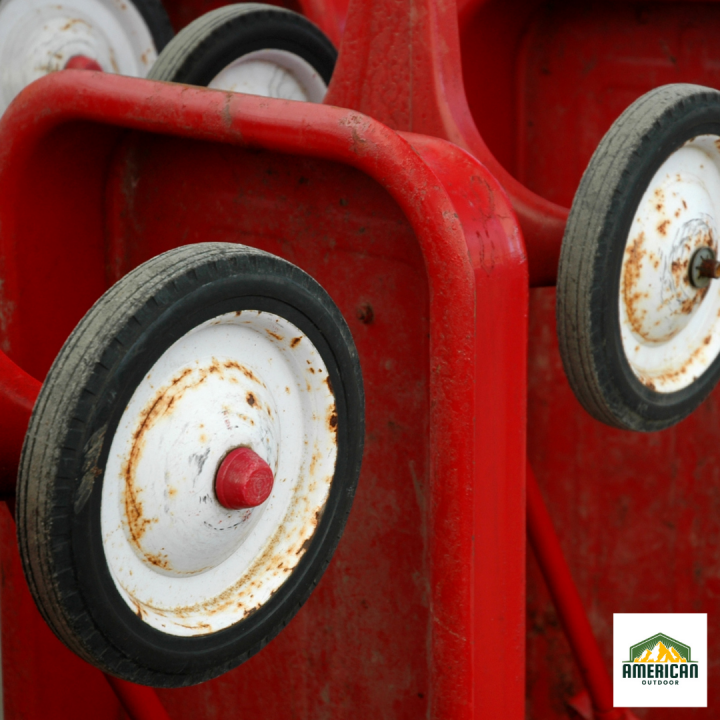- Your cart is empty
- Continue Shopping
4 Types of Wagons To Look For When Shopping For A Utility Cart

All push and pull wagons must be able to tolerate frequent use, heavy loads, and sometimes rough terrain. When it comes to purchasing a utility wagon, there are several factors to consider. Factors such as wheels, load capacity, and durability. Finding the right wagon involves searching for the perfect balance of all of these features for the uses you need. Most utility wagons are predominantly a modernized wheelbarrow. Wagons alone are essentially four-wheeled boxes that make it easier to move a large amount of material.
Types of Wagons:
- Utility Wagon: A utility wagon often has 4 metal sides that are typically removable or open to allow for easier access to clean. This type of wagon is ideal for transporting heavy materials, fertilizer, or soil. The detachable sides will offer a multifaceted use and you can expect it to handle and move large loads.
- Flatbed: A flatbed wagon doesn’t come with sides. This type of wagon is ideal for transporting large or abnormal sized items. The operation of a Flatbed wagon is similar to a utility car.
- Dump Cart: A dump cart can easily be confused with a wheelbarrow or utility cart; however, the feature setting it apart is the wagon’s ability to tip. The load’s size will contribute to what the wagon can be used for, like load capacity for transporting grass, soil, wood, or fertilizer. A wagon with a dump feature will add to the versatility of what you may be needing to transport.
- Foldable: Foldable wagons are made with fabric sides that contain an accordion metal frame allowing the wagon to fold down and close. Although the sides are not removable, like the utility wagon, this cart is perfect for transporting light material like beach chairs, umbrellas, and other day-to-day materials.
When it comes to shopping for a new wagon, you have to figure out what load size you’re going to carry and how far you need to carry it. To haul over 650 pounds, you need to purchase a wagon with bigger tires and a thicker body, making them heavier with smaller load-carrying counterparts.
Tires
Lightweight wagons will typically have plastic tires; some may have threading, but most won’t. If you’re planning to use the wagon in your yard or short trips like the beach, plastic tires will be sufficient. Plastic tires have an advantage: they cannot be punctured on sharp objects such as rocks or hardware.
If you’re looking for a wagon capable of transporting heavy loads through tough terrain, you will need large high pressured tires. Pneumatic tires are high pressure and are made of fortified rubber and are filled with air, allowing them to absorb some of the impact associated with moving over rough terrain.
Bed
A steel bed will result in a strong, durable, and dependable wagon. This specific wagon type will be able to withstand intensive use without receiving any damage. However, the durability means more weight, risk of rust, and damage by acidic substances like animal waste.
Another bed type is polyethylene, which is resistant to scratches and bumps. Additionally, they can stand better in bad weather. Polyethylene beds are plastic, which are lighter, meaning it’s easier to pull. However, they are smaller and have a better chance of cracking over time.
Utility wagons have paved the way for simple assistance in transporting your various materials over long distances and mixed surfaces. To choose the right wagon, though, you still have to dwell on the technical points that may or not improve your life in the given environments you may travel on. Use the information above to influence your decision on what type of push or pull wagon will work for you, and from there, take advantage of all the benefits utility wagons offer.





